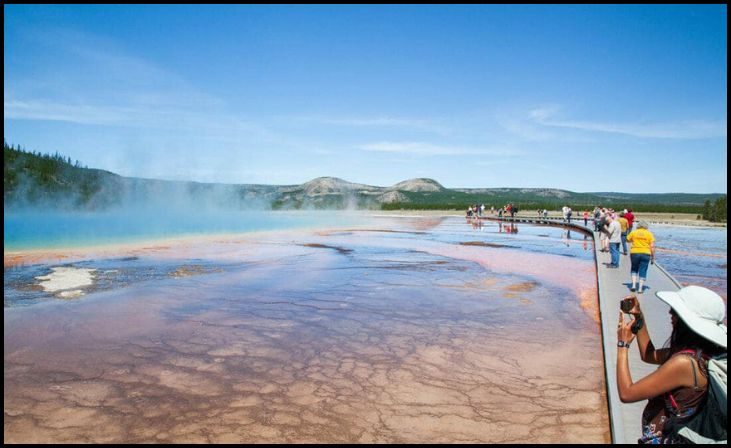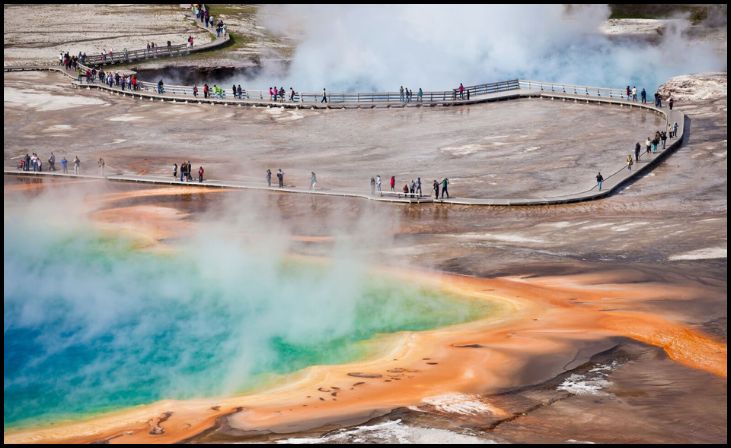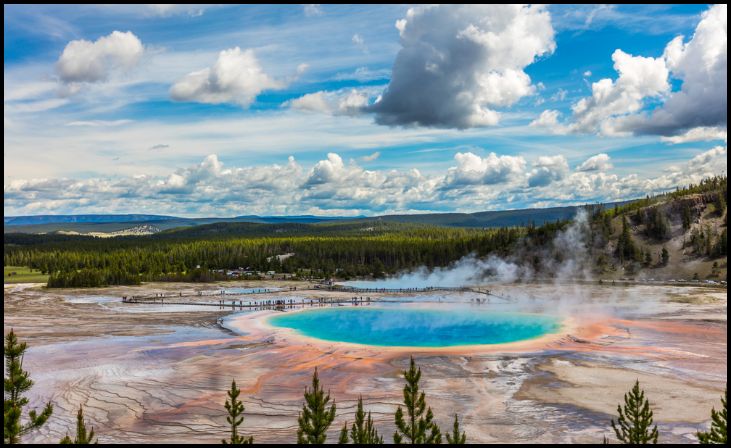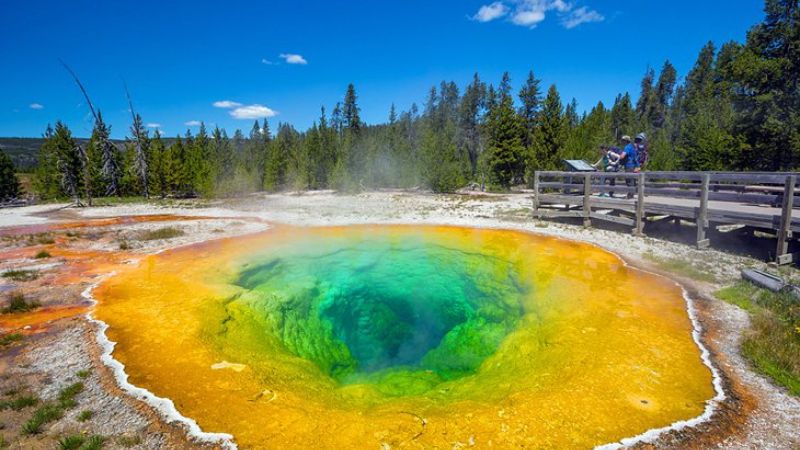Yellowstone National Park, nestled in the heart of the American West, is a breathtaking natural wonder that attracts millions of visitors each year. From its iconic geysers to its diverse wildlife and stunning landscapes, Yellowstone offers a unique and unforgettable experience for nature enthusiasts and adventurers alike. However, before you embark on your Yellowstone adventure, there are several important things to know to make the most of your trip and ensure a safe and enjoyable experience.
1. Visit in Shoulder Season

Why it’s important: Yellowstone receives the bulk of its visitors during the summer months, leading to crowded campgrounds, trails, eateries, and highways. Consider visiting during the shoulder seasons (spring or fall) to avoid the crowds and enjoy a more peaceful experience.
2. Book Accommodation Well in Advance
Why it’s important: Accommodation within and around Yellowstone fills up quickly, especially during peak season. Make sure to book your lodging well in advance to secure your preferred dates and accommodations.
3. Check That the Roads Are Open
Why it’s important: Yellowstone’s road openings can be subject to delays due to weather conditions, especially in the spring. Before your trip, check the National Park Service website for road closure and opening updates to plan your route accordingly.
4. Keep Your Distance!

Why it’s important: Yellowstone is a wild and untamed wilderness, home to a variety of wildlife, including grizzly bears. Exercise caution and maintain a safe distance from wildlife at all times to ensure your safety and the animals’ well-being.
5. Carry Bear Spray
Why it’s important: Before venturing into Yellowstone’s backcountry, it’s essential to carry bear spray and know how to use it effectively. Bear encounters can happen, and bear spray is a crucial tool for deterring aggressive bears and keeping yourself safe.
6. Practice Your Western Pronunciation
Why it’s important: Yellowstone is located in the Western United States, where local pronunciation can differ from standard English. Practice pronouncing words like “creek” (pronounced “crick”) and “coyote” (pronounced “KAI-ote”) to better communicate with locals and fit into the region’s culture.
7. Be Prepared for Limited Cell Phone Reception
Why it’s important: Yellowstone’s remote location means that cell phone coverage is limited, especially in more remote areas of the park. Be prepared for limited connectivity and plan accordingly by downloading maps and important information ahead of time.
8. Seek Out Less Crowded Areas

Why it’s important: While Yellowstone’s popular attractions can be crowded, there are many less-visited areas where you can find solitude and tranquility. Explore lesser-known trails and viewpoints to escape the crowds and discover hidden gems within the park.
